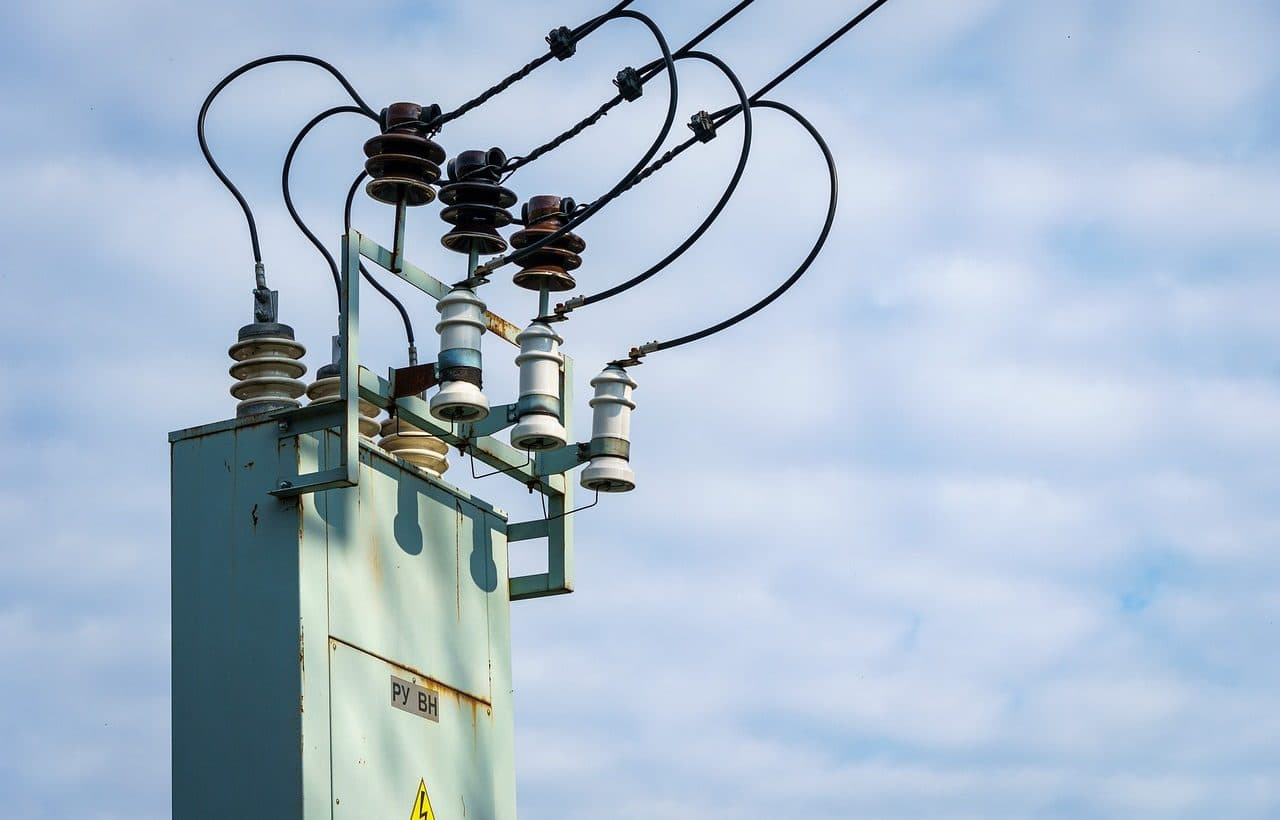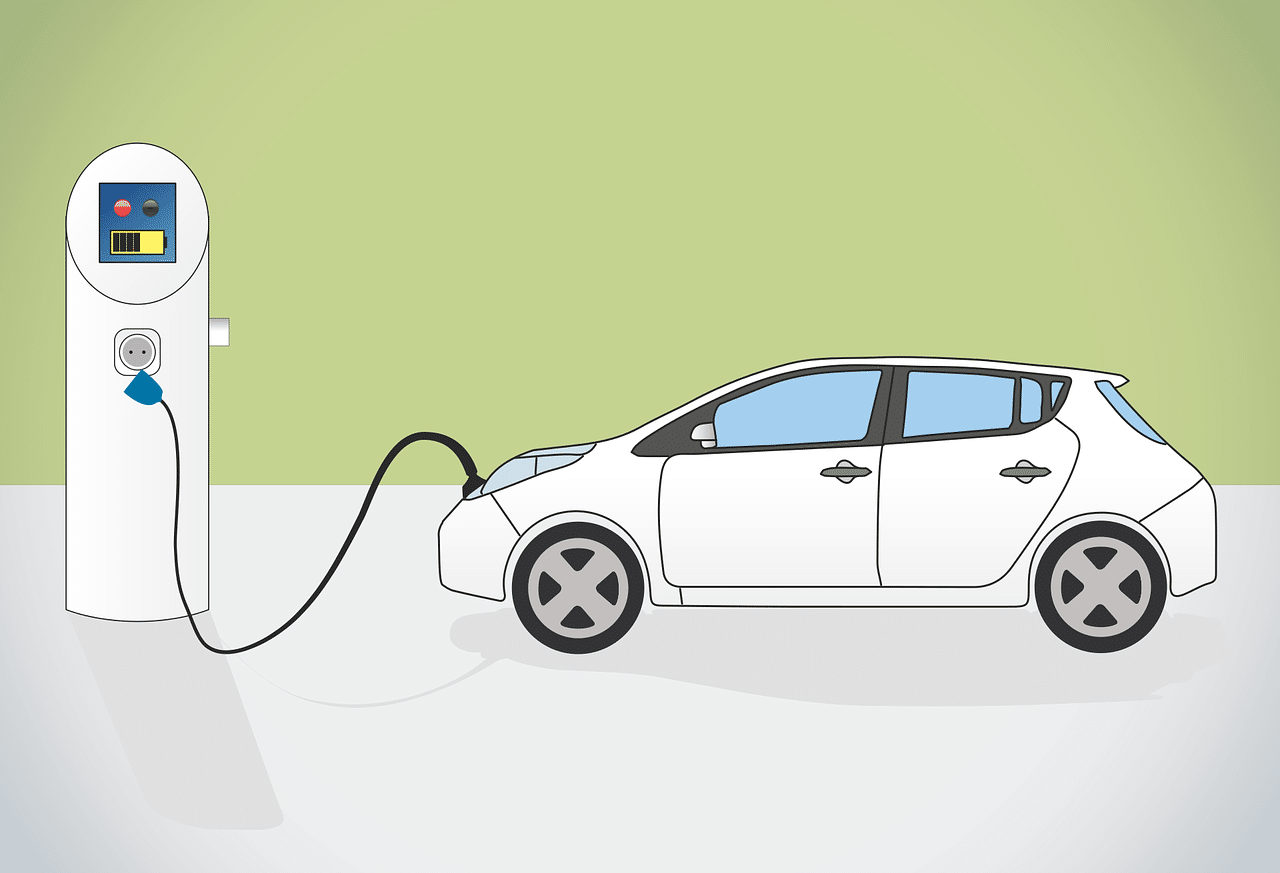
There are elements, substances and materials that, through them, allow electric current to pass: this property or capacity is known as electrical conductivity.
Electrical conductivity is an expression specific to the field of Physics that refers to a property or capacity of a substance or material to conduct electricity by allowing an electric current to pass through it.
Temperature and both molecular and atomic structure are some determining issues for electrical conductivity to be possible. The opposite is resistivity since this concept accounts for the level of electrical resistance that characterizes a certain material, but both conductivity and resistivity are included in the group of so-called intensive properties .
Key to the knowledge of electrical conductivity were the research and studies carried out by Stephen Gray , a natural scientist and physicist of English origin who made history by achieving, for the first time, the transmission of electricity through a conductor . Jointly, he and his colleagues J. Godfrey and G. Wheler made a classification that made it possible to distinguish between insulating materials and electrically conductive materials .
Types of electrical conductivity
As one deepens the knowledge about what electrical conductivity is like and what particularities it presents, multiple categories in this regard come to light.
Thanks to the scientific work of the Dutchman Heike Kamerlingh Onnes , to indicate a specific case, it has been possible to identify superconductivity , for example. This is the name given to the intrinsic property of some materials in terms of enabling, in certain circumstances, the conduction of electric current without loss of energy or resistance . It is enriching to mention that there are type I superconductors (which prevent the penetration of an external magnetic field ) and type II superconductors (imperfect materials that gradually go from the superconducting state to the normal one).
There are also semiconductor materials . This means that they can behave as insulators or conductors according to variables such as the electric field or magnetic field , ambient temperature , pressure, etc. In their natural state, experts on the subject determined, they turn out to be inefficient in the function of conductors because, as in semiconductors the valence bands are full, the advance of a new flow of electrons is not encouraged: if there is a quantity unbalanced of these, then the current would pass along the material.
Nor should we overlook the particularities of conductivity in liquid media and that which occurs in solid media . The electrical conductivity of pure metals and the electrical conductivity of conductive plastics are also studied.

An electric charge is known as a property of attraction and replenishment present in certain subatomic particles. In this framework, positive and negative charges are distinguished.
Characteristics
Beyond learning about the characteristics and applications of the elements that serve to conduct electricity , it is interesting to learn about notions, mechanisms and phenomena associated with electrical circuits , for example.
It is useful to keep in mind, to give precision, the content of Ohm's Law postulated by the German mathematician and physicist Georg Simon Ohm . It is constructive, at the same time, to know that there is a measure of opposition called impedance that a circuit displays against a current when voltage is applied, just as specialists in matters of electronics and electromagnetism speak of inductance in order to identify the relationship that is reached. to establish between the intensity of electric current and the magnetic flux of a coil or an inductor when there is a variation of current.
It also adds to general knowledge to investigate the environmental impact of producing and using conductive materials , investigate the factors that affect or condition conductivity , analyze what electrical conductivity is like in the renewable energy segment and obtain advice on methods and techniques of measurement of conductivity and interpretation of results, among other possibilities.

The use of high-conductivity components is required in electric vehicles in order to reduce motor resistance.
Examples of electrical conductivity
Examples of electrical conductivity can be found in different media and environments. For example, the electrical conductivity capacity of soils is considered variable since there are some that are more saline (considered good electrical conductors ) and others that exhibit a lower percentage of salts , in addition to the water irrigation being different in each case.
When we look at the family of metals , however, we notice that, in general, they meet expectations when tested as conductors of electricity . When compiling a list of efficient electrical conductors , silver , copper and gold must be included, without forgetting the material made up of pure carbon (from the group of nanomaterials ) which is called graphene .
It has been indicated, on the other hand, that carob honey is characterized by having a high power of electrical conductivity , while glass and pure paraffin-based wax appear among the insulators. Also distinguished, in practice, are semiconductors such as silicon , germanium in its purest state and materials made up of carbon .
